Fiona Pardington
One Night of Love, Heitiki & New Work
17 August - 15 September 2007
FionaPardington is best known as a specialist in ‘pure’ or analogue photographic darkroom technique, most notably hand printing and toning. Her most recent photographs embrace
The formality of the photographic still life, particularly in relationship to taonga (treasured) artifacts found in museums
In 2001 she created a series of ten evocative photographs of ancestral greenstone heitiki photographed from the collection of the Auckland Museum. Heitiki are highly valued taonga, not only for their physical presence, but also for the connections they make across generations and the tribal histories they represent. These photographs offer possible ways of seeing traditional objects through contemporary eyes. A suite of these Heitiki has been gifted to the Musee du Quai Branly in Paris by the New Zealand government.
Photographic access to heitiki has become a somewhat contentious issue over the past few years, with the result that Pardington has turned her attention to the ethnographic forgeries created by Europeans during the period when Mãori artifacts were most sought after by European museums. Other fake tikis were created in response to direct contact with Mãori. Many of these works can be found in our museum collections.
Other bodies of works have investigated such themes as psychoanalysis, voyeurism, memory, the body and the history of the photographic image. In One Night of Love, first shown at Waikato Museum in 2001, Pardington adds a new dimension to the concept of appropriation. These discarded pinups from the 1950s, salvaged from a rubbish bin and re-photographed by Pardington, exhibit an uneasy, complex relationship between authorship and subject matter.
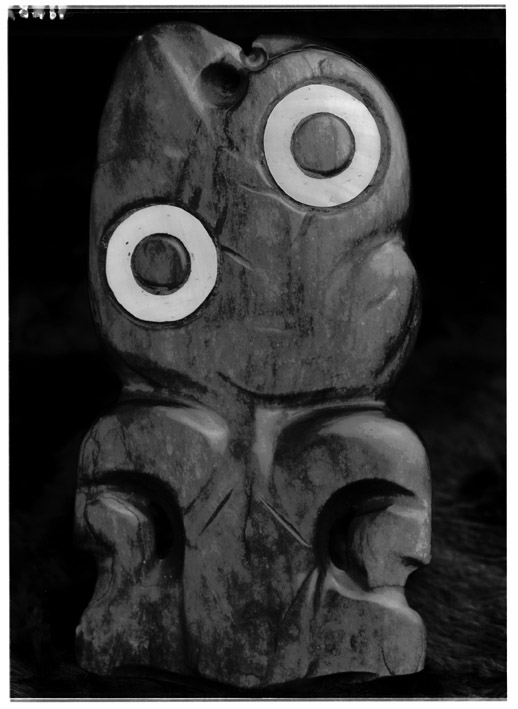
Toned silver bromide fibre based prints
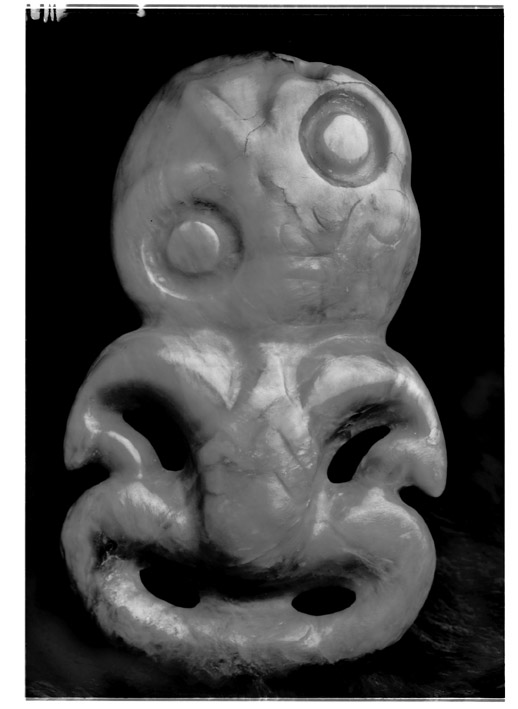
Toned silver bromide fibre based prints
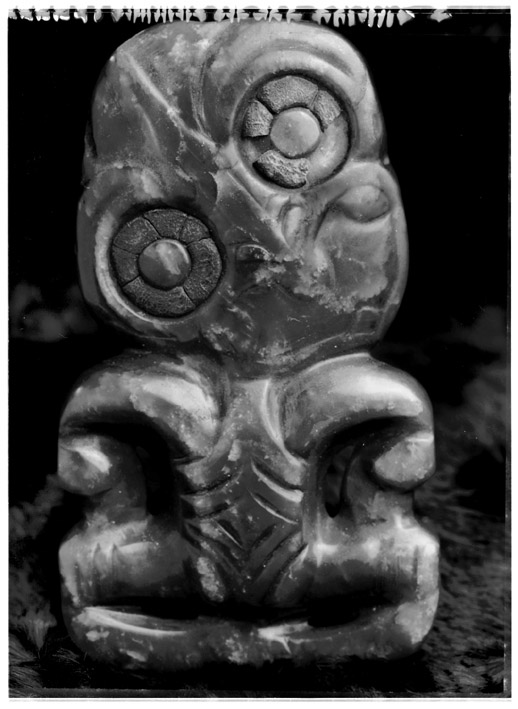
Toned silver bromide fibre based prints
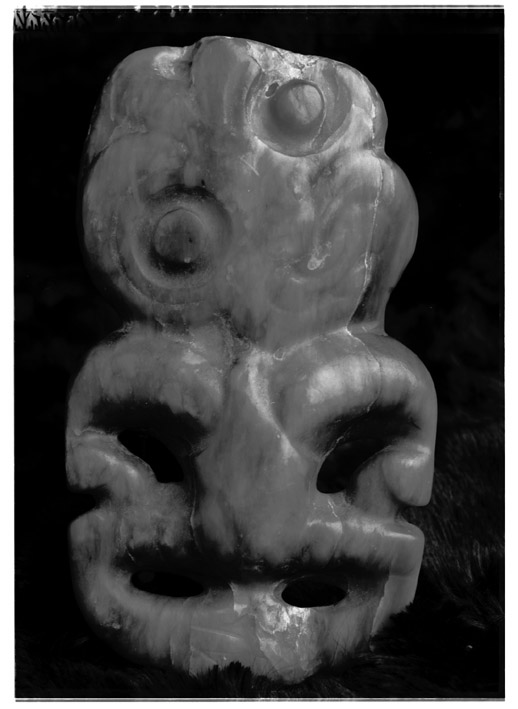
Toned silver bromide fibre based prints
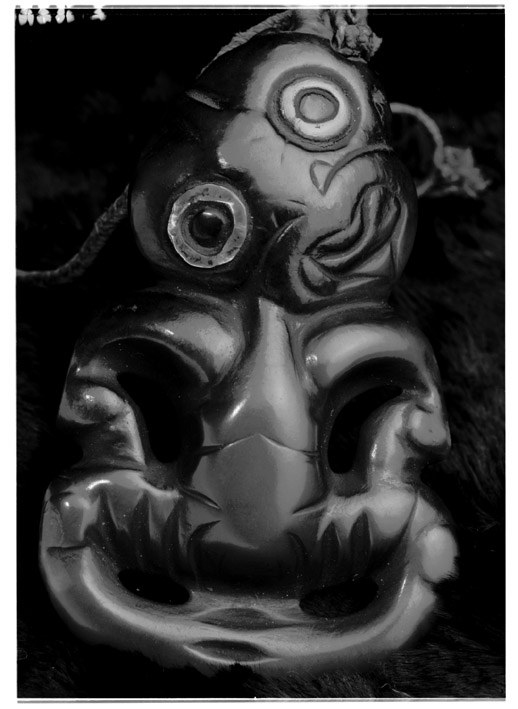
Toned silver bromide fibre based prints
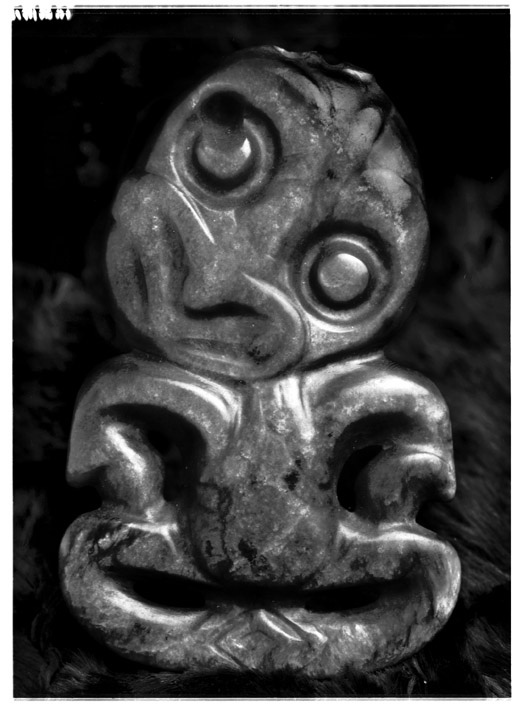
Toned silver bromide fibre based prints